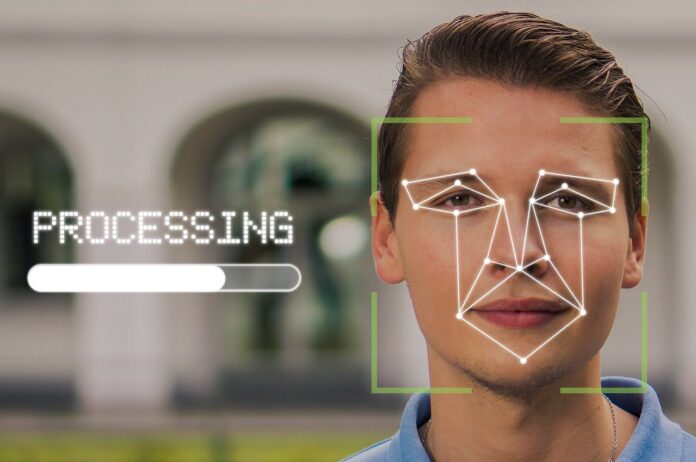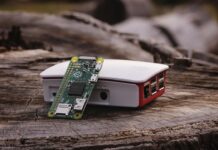Facial recognition is a useful yet controversial tech that is gaining traction around the world. Back in 2019, Manchester City Club was warned against using the facial recognition tech as a way to make ticketing easier. Campaigners warned that this move would be intrusive to the privacy of fans.
While respective laws and policies are fronted to protect people’s privacy, some websites are linking facial detection to a database of photos or videos about people. PimEyes, for example, is one of the most powerful face-searching websites/tools globally. This tool can scan through over 900 million images in a second to find facial matches with the finest accuracy. It is no secret that most facial recognition tools are meant for police or government agencies. However, PimEyes and others are available for use by the public via subscriptions. This only means that facial recognition is finding extensive use other than intended criminal intelligence. Let’s now delve in and tell you more about how facial recognition is used in the online era.
1. Finding Past Memories
A 40-year-old German named Pete was shocked when a facial recognition system pulled a 17-year-old photo of himself drinking beer on a train. Again, he was startled when the facial recognition system linked his recent YouTube video to the 17-year-old photo. He could not believe the stunning accuracy. PimEyes, for example, allows its users to dig into their database and find related images or videos of their past. It sells its subscription to people or wants to pull some of their past images and videos. Although PimEyes doesn’t openly unravel how they obtain these images and videos, they may have a dedicated search engine for curating these online mysteries.
2. Stalking People
While people are striving for privacy, others are busy trying to unravel their past. With past videos or photos, they can paint something about them especially if they have slim information about them. According to a security researcher in New York, strangers, especially those stalking women, are finding facial recognition a useful tool. In some anonymous forums, PimEyes subscribers who fork out more subscriptions of around $30 per month create threads to help people fetch desired photos. Surprisingly, several photos of people pulled out from dating sites or social media platforms were taken without their consent. So before you can play your favourite game, check out because someone could be taking your photos without your knowledge. If strangers want to stalk you or your employer wants to dig into your life, facial recognition tools like PimEyes can be used to unravel your life. In a thread shared on 4chan, an anonymous person posted a collection of photos captioned “Complete Exposure” alongside a woman’s name. The photo collage was filled with sensitive information about the woman. Given that 4chan leverages PimEyes, it is likely that the photos and respective information were derived from facial recognition.
3. Banks
Banking is another sector leveraging the facial recognition technique. While facial recognition has not largely expanded its wings in the banking space, digital account opening (DAO) is the chief beneficiary and driver of this technology in the banking sector. According to Forbes, digital account opening has been leading the charts as the most popular technology in the banking industry. It is projected that 80% of all financial institutions will either add new digital account opening systems or fine-tune the existing systems. It doesn’t stop there either, banks are placing digital cameras in their branches to track and monitor customer behaviour. Working in tandem with facial recognition systems helps them connect the dots and get insights into customer behaviour.
4. Find Missing Children/people
With child trafficking or kidnapping of people becoming a major issue, facial recognition technology seems to find a place here. Criminal detection agencies are putting facial recognition CCTV systems in several places to help capture images or videos that can be used to unravel and find missing people. The parent or people looking for a missing child/adult provide a collection of photos or videos taken before the abduction. The criminal detection agency will feed these photos to a facial recognition system and then run to trace the target person. They leverage the collection of images taken by CCTVs and try to match them with the images or videos provided by the respective people. They can obtain information like location and estimated abduction time that lays the ground for easily finding the missing person. For example, Delhi Police traced up to 3000 missing children in just four days. The systems can be made in such a way that they can detect movements and trigger an alarm so that police can act before things get worse. This facial recognition technology can also be used for disoriented missing people and exploited children.
5. Track Criminals and Accelerate Investigations
With face recognition CCTVs, police can detect and identify criminals based on their records. This is useful in preventing a looming attack or malice. If they are terrorists, for example, the images or video relayed by the CCTV is matched against those in the database. In case there is a match or a certain level of suspicion, the alarm is triggered and respective agencies will act accordingly. In 2016, the man responsible for the Brussels terror attack was identified thanks to the FBI facial recognition software. Even though the suspect wore a hat, the facial recognition system managed to capture him. Also, facial recognition can help investigators accelerate investigations because it improves the connection of captured evidence. This means investigators will have a better understanding of how the incident transpired.
Wrapping up
Facial recognition is finding extensive usage in the modern online era. By integrating with databases and software, several agencies and institutions can tremendously improve their services. As technology keeps on improving, facial recognition will certainly find lots of plausible uses.







